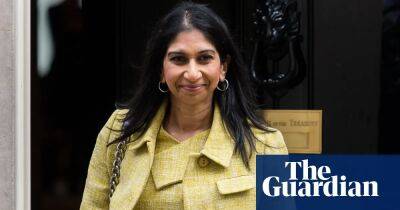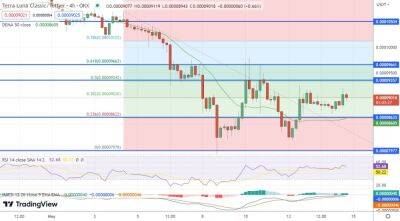How can the UK tackle double-digit inflation?
Inflation has remained stubbornly high in the UK, with the latest data released this week showing it dropped only slightly in March, staying above 10% for the eighth time in the past nine months.
The government has so far mostly relied on the Bank of England to try to return the annual rate of price rises to its 2% target, something it has clearly failed to do.
So what are the options for a country coping with double-digit inflation?
This is the Bank’s main method of tackling the problem, and its monetary policy committee (MPC) has already raised the base rate 11 times since December 2021 – it now stands at 4.25%. Yet during that time the annual inflation rate has nearly doubled, from 5.4% to its current level.
The logic behind such moves is that higher rates make it more expensive to borrow money and encourage saving and lower spending, therefore discouraging price rises. Yet they are indiscriminate, hitting everyone who borrows, not just the better off.
Critics such as the former MPC member Danny Blanchflower have argued that the current inflation is down to supply and energy shocks after the pandemic and Russia’s invasion of Ukraine, so dampening consumer spending is the wrong response.
Regardless, money markets predict it is nearly a certainty that a majority of the MPC will take the view when they meet on 11 May that high inflation means interest rates are not high enough, and will push the base measure to 4.5% and possibly as high as 5% by the end of the year.
Turkey has taken a more a controversial and unorthodox approach – with unpromising results. Its president, Recep Tayyip Erdoğan, ordered the country’s central bank to lower its rates in response to rocketing prices.
The failure of this policy appeared obvious when
Read more on theguardian.com













